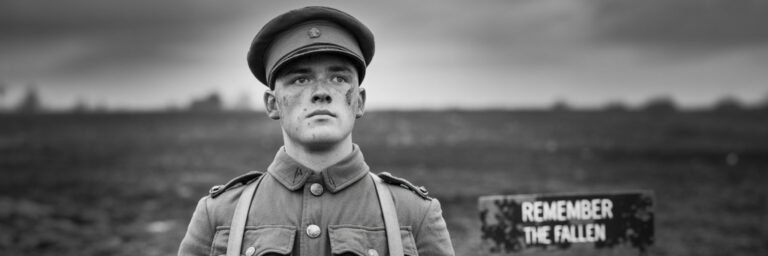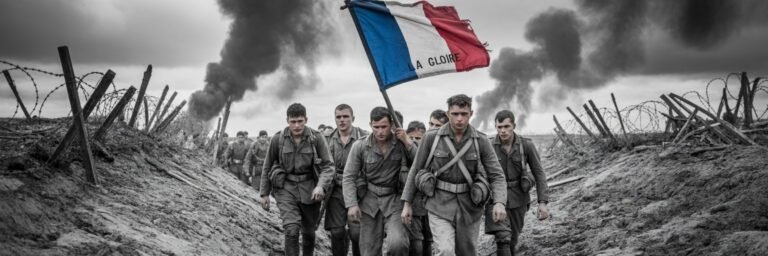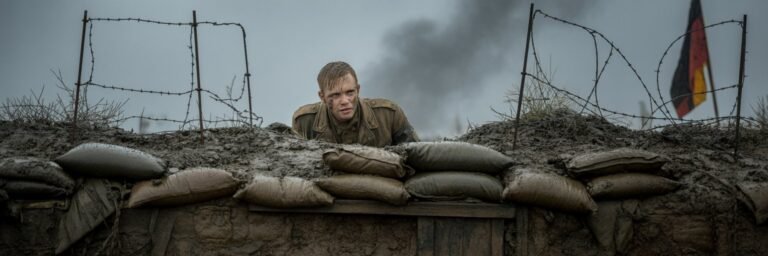INTRODUCTION
Every global conflict contains intricate histories, stories, heroes, villains, and lessons for humanity. Few such conflicts, though, have impacted the world and shaped the 20th century like World War I, often termed the ‘War to end all wars’. As one navigates through the annals of history, it becomes clear that the War wove a complex path, leaving in its wake altered maps, transformed alliances, and a multitude of questions – a few of which remain unresolved even till today.
HISTORICAL BACKGROUND
The origins of World War I can be traced back to the volatile state of Europe in the early 20th century. An expansive network of conflicting alliances, imperial competition, and the emergent force of nationalism provided fertile ground for turmoil. The trigger came in 1914, when Gavrilo Princip, a Serbian nationalist, assassinated Austro-Hungarian Archduke, Franz Ferdinand, in Sarajevo. The repercussions were rapid and catastrophic as Austria-Hungary declared war on Serbia. Bound by intricate alliances, Germany, Russia, Britain, and France were swiftly drawn into the conflict. Thus began the horrific four-year ordeal that stretched from the Western Front’s trenches to the Eastern Front’s vast expanses, changing the course of history in its wake.
THEORIES AND INTERPRETATIONS
Several theories attempt to explain why World War I escalated from a regional squabble to a full-scale global conflict. Chief among them is the ‘Powder Keg’ theory. Historians who support this theory argue that the tangled web of alliances and rivalries, coupled with soaring nationalism, created an explosive environment in Europe well before Franz Ferdinand’s assassination. Any spark was enough to ignite this powder keg, and the assassination was precisely that.
Another theory, the ‘German War Guilt’ hypothesis, squarely blames Germany’s imperial aspiration and reckless diplomacy for the conflict. Critics of this theory find it too simplistic to reduce complex geopolitical tensions to the ambition of one nation and argue for a more nuanced interpretation.
MYSTERIES AND CONTROVERSIES
World War I is not without its share of mysteries and controversies. Take, for instance, the role of Britain. Should Britain have intervened, or was their engagement avoidable? Was their solitary focus on Germany justified or was it influenced by other factors? These questions continue to incite debates between revisionist and orthodox historians even today.
The debate around the United States’ belated entry into the War is another disputed aspect. Did the US act as an altruistic liberator by joining the war or was their participation driven by economic self-interest?
SYMBOLISM AND CULTURAL SIGNIFICANCE
World War I was heavily imbued with symbolic and cultural resonance. It was seen as a battle between old world imperialism and the new wave of nationalism. Soldiers from different nations fighting together bred a sense of international camaraderie, while simultaneously tightening national identity.
Poppies, a vibrant symbol of the war, were immortalized in John McCrae’s haunting poem “In Flanders Fields”. The poppy became a universal symbol of remembrance, its bright red blooms a stark reminder of the fields stained with soldiers’ blood.
Moreover, the unprecedented destruction of the War forever shaped the cultural psyche, influencing literature, art, and philosophy. It gave birth to a disillusioned ‘Lost Generation’ and resulted in masterpieces such as Erich Maria Remarque’s ‘All Quiet on the Western Front’ and Wilfred Owen’s chilling war poetry.
MODERN INVESTIGATIONS
Modern historians continue to examine World War I, unearthing new aspects of this vast conflict. The use of cryptography during the War, for instance, is a fascinating area of research. The interception and decryption of the ‘Zimmermann Telegram’ by British intelligence, which proposed a German-Mexican alliance against the United States, played a crucial role in America’s entry into war.
Another area of research is the study of war technologies, reflecting how innovation and mass destruction went hand in hand during the War. The use of airplanes, submarines, tanks, and chemical weapons, all saw significant leaps during this period.
LEGACY AND CONCLUSION
World War I’s legacy is vast and profound. Politically, the map of the world was redrawn with the demise of the Austro-Hungarian, Russian, German, and Ottoman empires. This gave birth to new nations and stoked the flames of nationalism. In the aftermath of the War, the League of Nations was established, aiming to maintain world peace – a novel idea despite its eventual failure.
More significantly, the harsh reparations and terms imposed on Germany by the Treaty of Versailles fostered resentment and laid the seeds for the far more destructive World War II. Economically, the War caused massive disruption, with Europe losing its economic supremacy to the United States.
In conclusion, World War I was not merely a battle between nations – it was a transformative event that significantly altered political landscapes, social structures, technological advancements, and cultural norms. It gave humanity a tragic glimpse into the destructive capacity of modern warfare, while shaping a world that echoes its repercussions to this day. Unraveling its complexities is not just a historical necessity, but also a means of honoring the countless individuals whose lives were indelibly marked by this profound global conflict.






